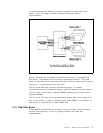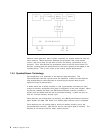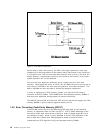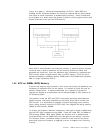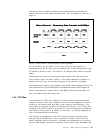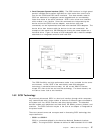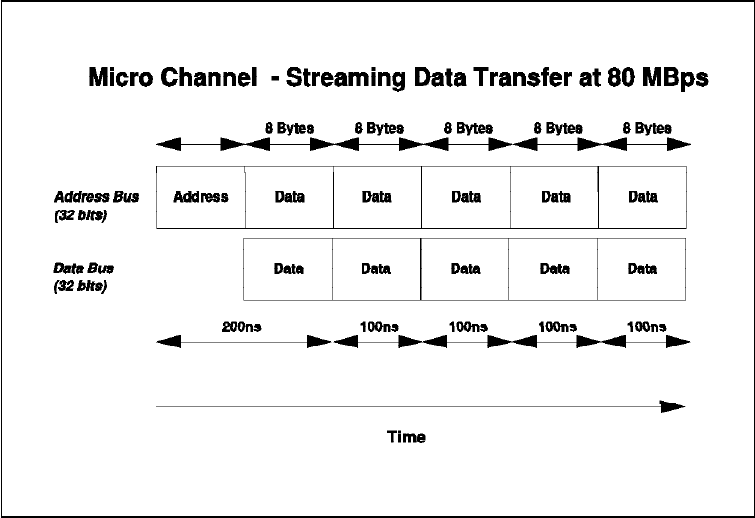
The Micro Channel supports another mode of data streaming whereby the
address bus can also be used to transfer data. This is depicted in Figure 9 on
page 15.
Figure 9. Micro Channel - Data Streaming Transfer (80 MBps)
As can be seen from this figure, in this mode, after the initial address is
presented during the first bus cycle, the address bus is then multiplexed to carry
an additional 32 bits of data. This results in an effective data transfer rate of 80
MBps.
Data streaming, as well as improving the data transfer rate, also provides a
more efficient use of the Micro Channel. Since MCA operations complete in a
shorter amount of time, the overall throughput of the system is increased.
Data streaming is useful for any adapters that perform block transfers across the
Micro Channel such as the IBM SCSI-2 Fast/Wide Streaming RAID Adapter/A.
MCA is implemented in some models of the IBM PC Server 300 and 500 lines
and in all models of the PC Server 720.
1.5.4 PCI Bus
In the later part of 1992, Intel, IBM and a number of other companies worked
together to define a new local component bus which was designed to provide a
number of new features and work with a wide range of new processors. The
result was the Peripheral Component Interconnect (PCI) bus. The PCI bus was
designed to provide the Pentium processor with all the bandwidth it needed and
to provide for more powerful processors in the future. It was also designed for
use in multiprocessing environments.
The PCI bus was designed to work with a number of buses including Micro
Channel, ISA and EISA buses. It was designed to provide a local bus, more
tightly integrated with the processor, to provide more bandwidth to I/O devices
such as LAN adapters and DISK controllers, which require more bandwidth than
Chapter 1. IBM PC Server Technologies 15



